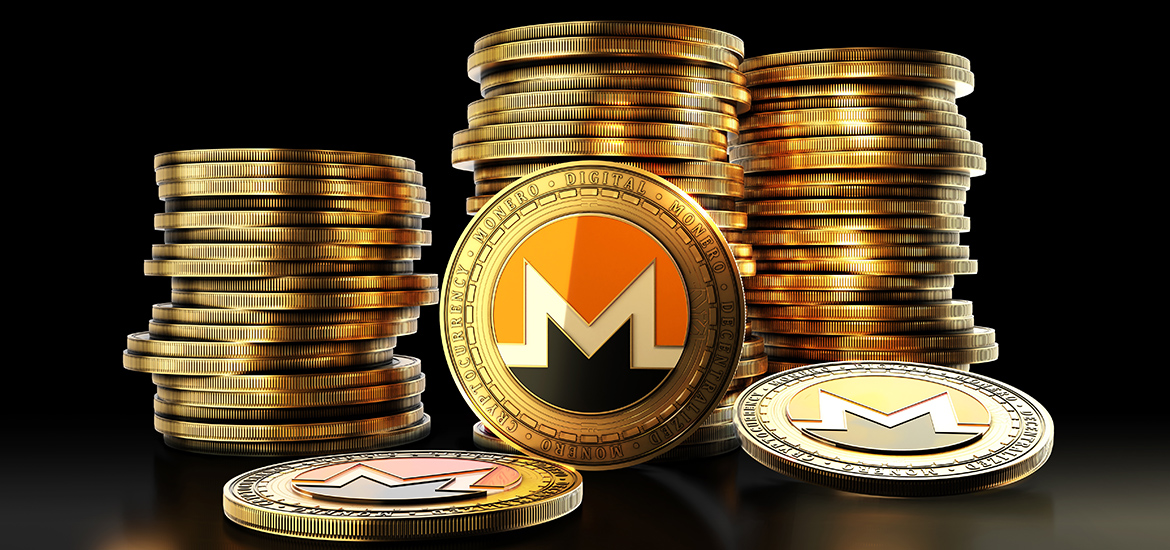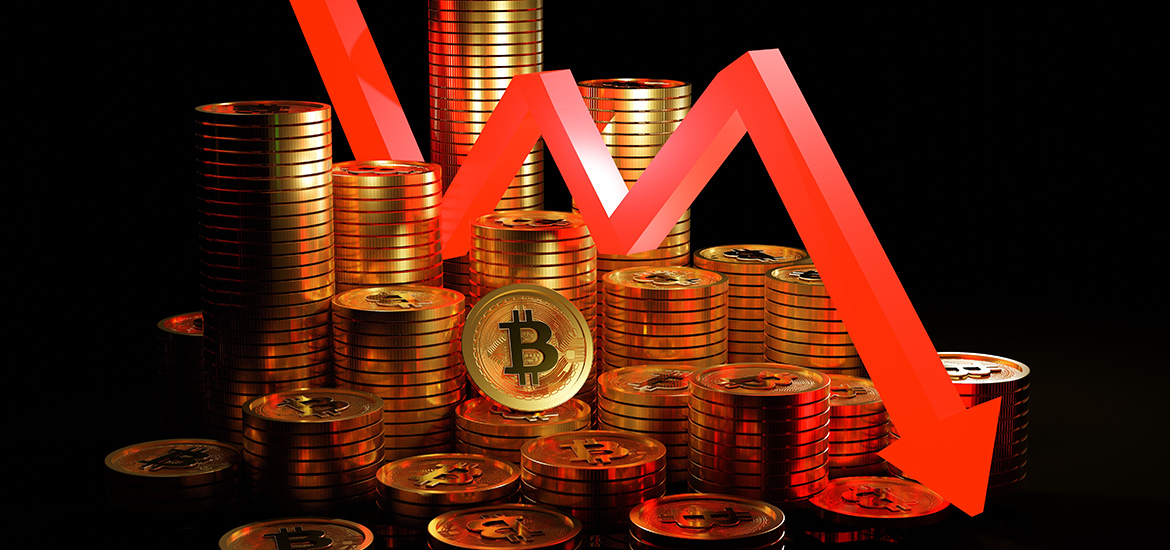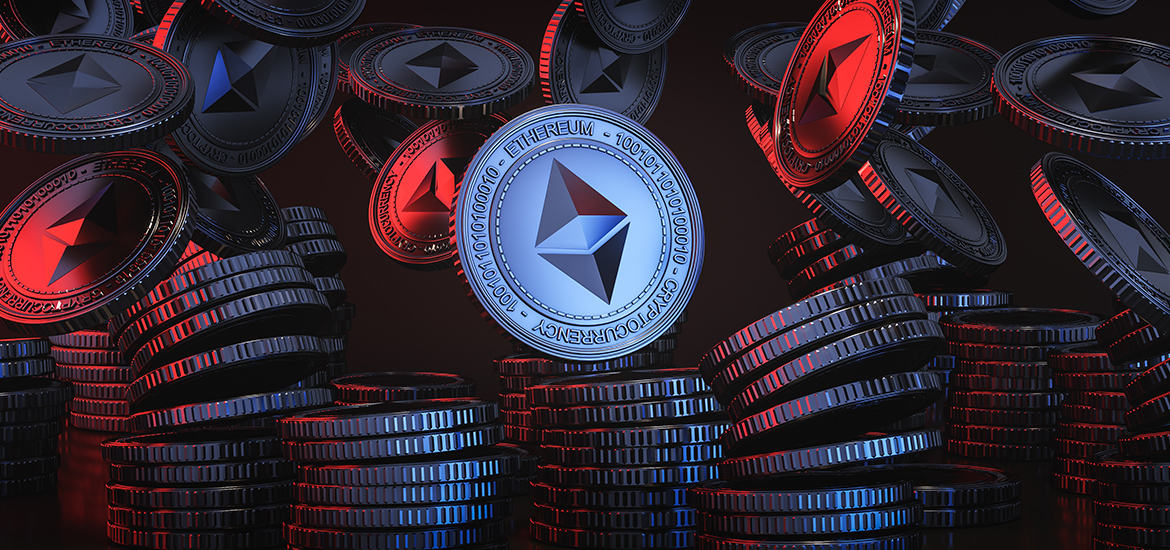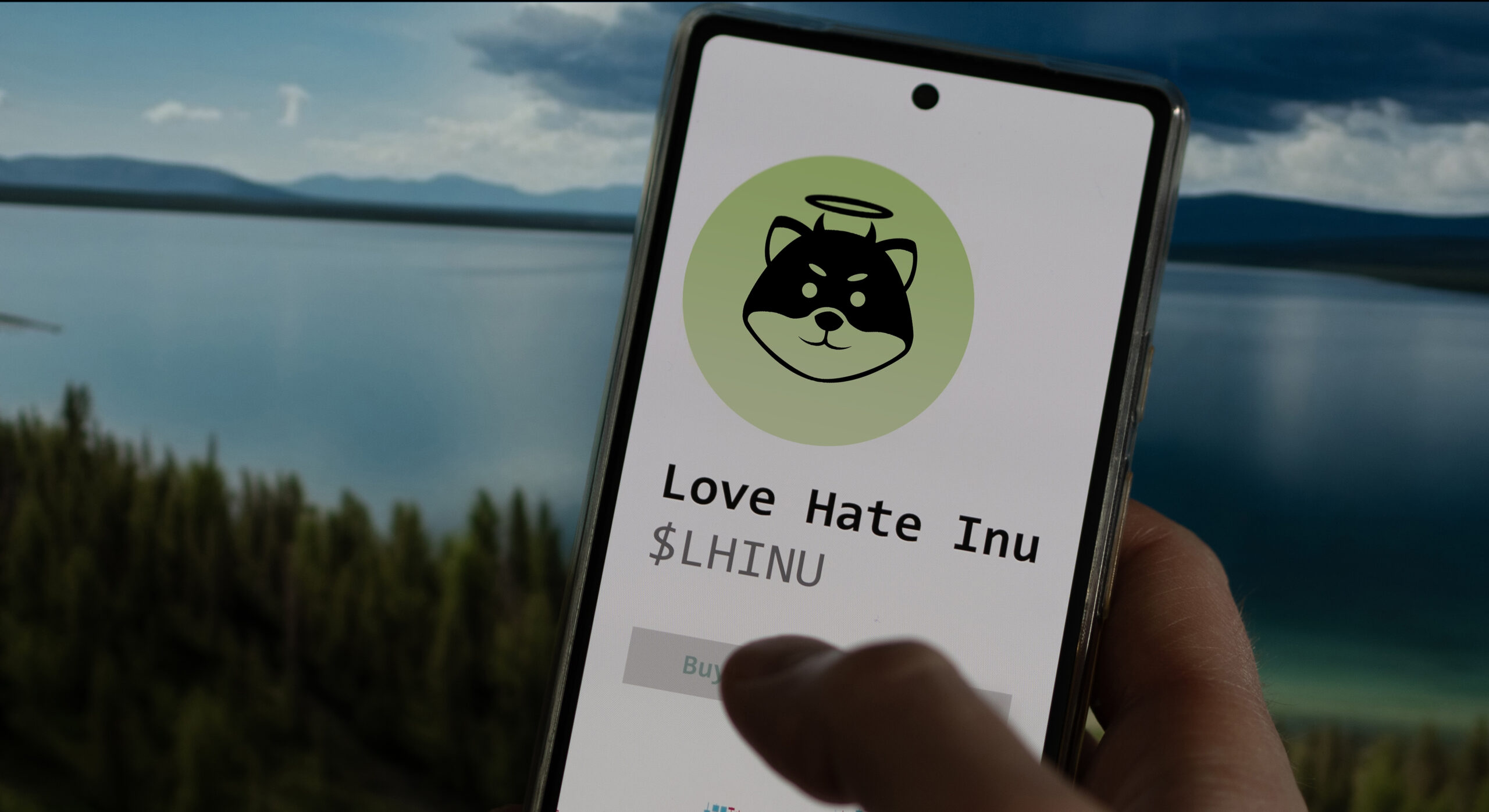Only a small proportion of the plastic waste in the world’s oceans floats on the surface, the rest sinks to deeper waters or to the sea floor, threatening the local flora and fauna. So far, there is no way of detecting plastic at the bottom of the oceans on a large scale. Traditional monitoring methods, in which divers manually collect image data along lines or taut cords (so-called transects), only allow statements to be made about very limited areas. Moreover, these methods are extremely time-consuming, expensive and almost impossible in deeper waters.
A more efficient solution is needed: a consortium of industry and research is working on this. The aim is to develop an innovative monitoring technology that can detect and determine plastic waste and various types of plastic on the seabed automatically and over large areas. In addition, the new system will record the condition of the plastic and link the results with georeferenced data. In this way it will not only be possible to estimate the degree of pollution, but also to monitor changes in the plastic waste over any period of time and to plan cleaning measures.
In order to be able to penetrate to hostile depths and cover large areas, the new system will in future be able to be used not only by divers but also by remote-controlled or autonomous underwater vehicles. Thanks to automatically generated colour-coded maps, the information obtained from the dives can be understood even without expert knowledge and is therefore of multiple use in plastic combat.










Leave A Comment
You must be logged in to post a comment.